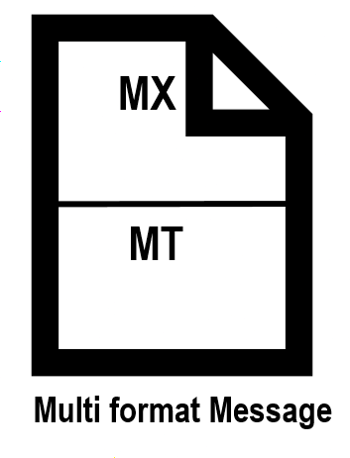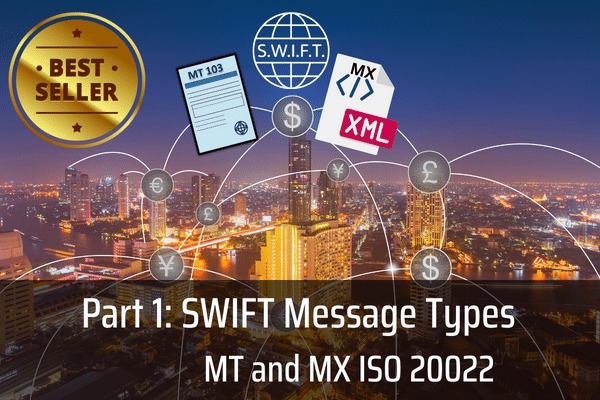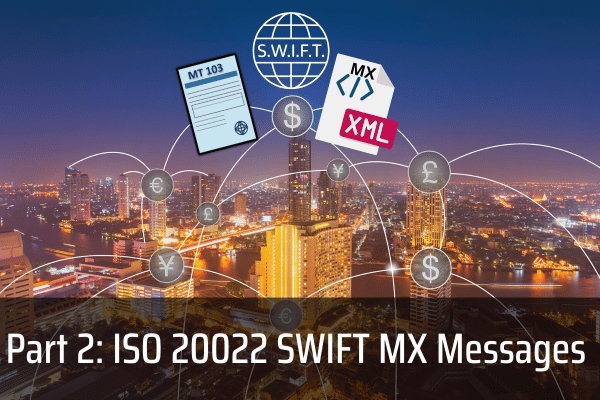There are no items in your cart
Add More
Add More
| Item Details | Price | ||
|---|---|---|---|
As we know, CBPR+ has already started phase wise migration for Category 1, 2 and 9 messages when used for cross border payments and this process will continue for the coming future.
Now, you can understand that since different payment infrastructures are migrating at different times, there is a big period of time when both MT and MX messages will coexist in the payment world. Thus, it's very important to find ways to handle this coexistence of MT and MX messages efficiently. Otherwise, it will result in a complete mayhem!
Let's see some solutions -
SWIFT has built a Transaction Management Platform which aims to perform end to end handling of payment messages in a payment chain. It will keep a copy of all the messages exchanged in its database in such a way that, even if a MX-capable bank receives a truncated MT message from a previous bank, which still is not capable to send MX message, it will have the option of retrieving the actual full length MX message copy from the TMP. Here Unique End-to-end Transaction Reference (UETR) is going to play a vital role to track the whole payment chain. In this way, even banks which are yet to migrate to MX can participate and the message flow remains continuous, which otherwise would have been broken after reaching the weakest bank.

TMP will also be able to generate a multi format MX message, which is a MX message which contains information both in XML as well as an MT equivalent format embedded in the same message. So, if a bank receiving the multi format message has any legacy systems like an Anti - Money Laundering (AML) software which still can process only MT messages, it can still continue to function smoothly by consuming only the MT portion of the multi format message. TMP will also provide many other value-added services like pre-validation of messages, sanction screening and fraud detection etc.
After the deadline of 22nd November 2025, SWIFT is going to provide an emergency support of contingency processing for banks which are still not ready to send the relevant MX messages cross border, as well as for banks which are not ready to receive those MX messages.
For the sending banks, a new MT to MX conversion service will kick in automatically, which will convert the MT to the corresponding MX provided it meets new validation rules.
For the receiving banks, the existing in-flow translation will convert an incoming MX to a multi format message from which the MT part can be extracted by the receiving bank.
Both these services are chargeable and should not be used to replace the migration implementation in any bank.
Last but not the least keep in mind that when we talk about migration, it's not just the messages that are getting migrated. This whole process requires other infrastructures associated with message sending and receiving which also requires an upgrade to handle the messages migration.
WANT TO READ MORE?
Already signed up/ logged in? Then you are all set!

Basics of Payments | SWIFT MT/ MX Payment Message Types with examples | SWIFT GPI

CBPR+ Usage Guidelines | XML and Messages Schema | Messages Structure | MX Messages Examples

The Ultimate No-Nonsense Guide to SWIFT MT and ISO 20022 MX Message Types